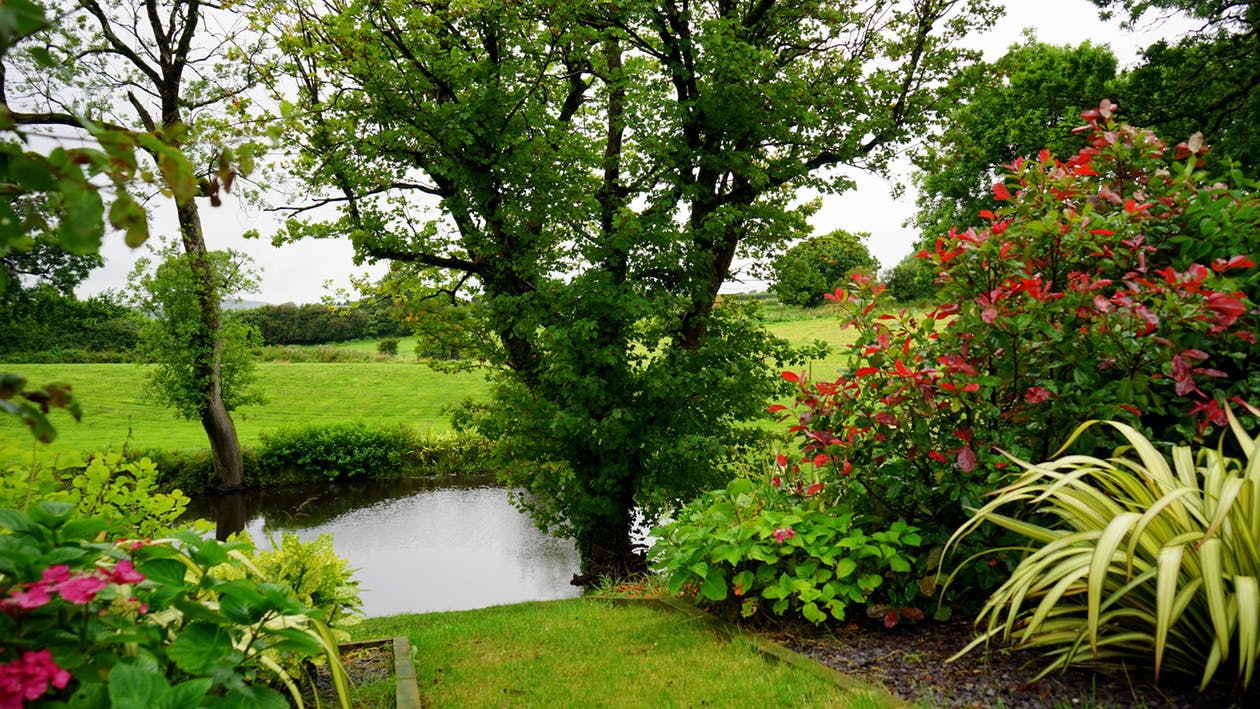
[image: https://www.pexels.com/photo/bloom-blooming-country-countryside-145685/]
Today's guest post is from the folks at
Worx and
Rockwell Tools. They're here to give you some helpful hints on things you should be doing to get your garden ready for the upcoming planting season.
How to Get Your Garden Ready in Early Spring
When spring arrives with sunny days and warm weather, many feel the impulse to embrace nature by tackling outdoor projects. From making sure your electric grass trimmer is ready for the season to getting your soil ready for your garden, there’s no shortage of tasks to complete once spring weather arrives.
Are you ready to get your spring garden underway? If so, consider starting your spring gardening with these tasks. Working through a checklist of small projects early in the season will help you get the best results from your garden this year.
Essential Early Tasks
There are some practical jobs you should handle at the start of spring to make gardening easier later on. The first one is clearing drainage ditches. Debris tends to accumulate in them during winter, which can be a problem for seeds if they require soil that drains well.
It’s also important to inspect your garden beds. If you have raised beds, check to see if any sides are bowed or leaning, and make the necessary repairs if they are. Repair any damaged trellises and fencing as well. You may need to use oscillating tool blades if the areas that need repairing are small.
For the planting area, be sure to remove or kill spring weeds from your garden beds, and apply compost to them as you get ready for planting. When completing these early tasks, you should also check your soil’s pH, making adjustments if it’s too alkaline or acidic.
Planting Vegetables & Flowers
Wait for soil to dry out before planting any vegetables and flowers, as wet soil can get compacted which ultimately prevents aeration. Additionally, check the soil for ice crystals before planting.
Keep in mind that temperatures can fluctuate during early spring. If you’re expecting a cold night, protect early spring seedlings from frost by covering them with pots, buckets, boxes, or anything else you have on hand.
Slugs often arrive with spring, too, and can pose a threat to your budding garden. Thus, it’s important to keep an eye out for them. Use barriers, bait, non-toxic slug control products, and similar means to prevent them from causing damage. Use barrier paper to guard against cabbage moths as well.
You might also have some bulbs that were kept in pots as you waited for spring to arrive. Now is the time to plant them. If you’re planting perennials, plant them in deep soil. This helps them survive during those summer droughts.
Planting Shrubs & Trees
Start tending to your existing shrubs and trees by pruning them of dead or damaged branches. It’s particularly important to prune fruit trees well prior to buds blooming. If you don’t, the trees could become overburdened, reducing the amount of fruit they produce.
If you have any young trees that were planted in the fall, you might have chosen to protect them with tree guards or wraps. Remove them to prevent the buildup of moisture, which could otherwise leave your trees vulnerable to disease.
It’s also a good idea to research the upkeep needs of the various trees in your garden. For instance, pear trees might benefit from the early application of horticultural oil sprays. Since this isn’t necessary for all trees, it helps to research the specific needs of yours.
Planning on transplanting shrubs? Do so early in the season when the soil is moist for the best results. Be cautious when using your cordless lawn mower after planting. While you want to avoid running over fresh roots or budding plants, you will want to ensure you’re keeping grass neat.
Again, it’s easy to understand why you might feel the urge to start gardening around this time of year. Remembering these points will help you prepare. By taking key steps early in the season, you’ll be much more likely to have a thriving garden as the months progress.























